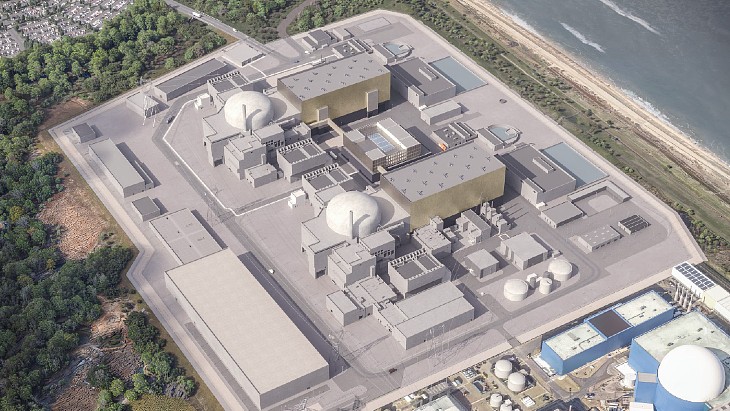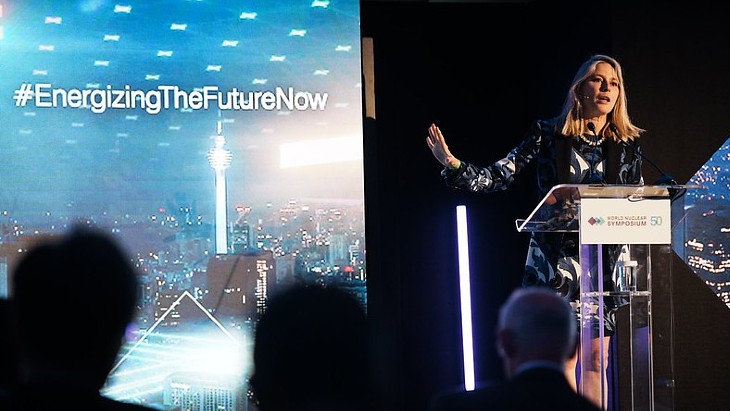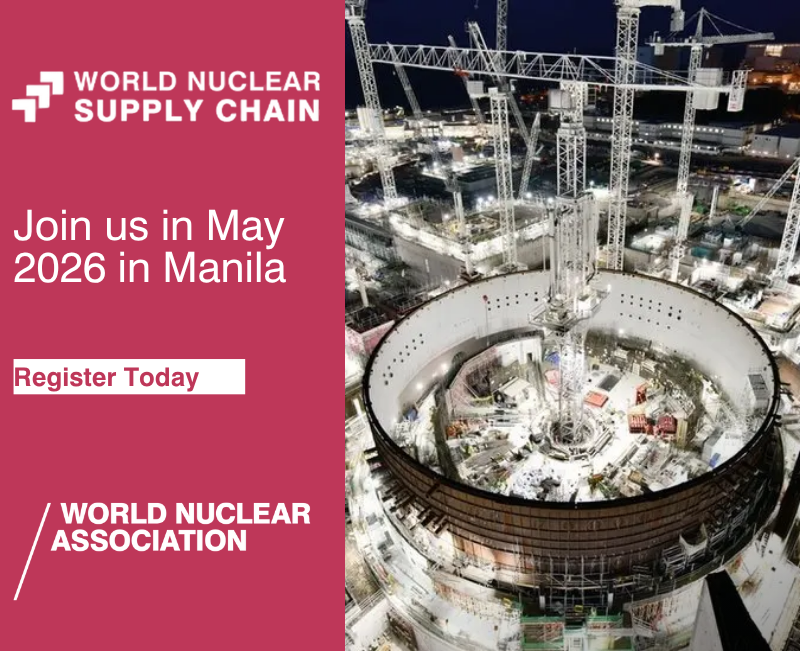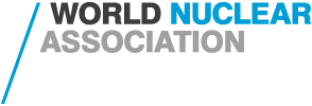[Guardian, 23 November 2006; BBC, Reuters, 7 March] The director of the Democratic Republic of Congo's atomic energy commission, Professor Fortunat Lumu, together with one of his aides, was arrested on 6 March following allegations of smuggling uranium. A large quantity of uranium is reported to have gone missing from Kinshasa's Regional Centre for Atomic Energy in recent years, although Attorney General Tshimanga Mukeba did not reveal any figures. However, Le Phare newspaper has reported that some 100 bars of uranium have disappeared from the centre as part of a vast trafficking of the material going back years. The centre was created in 1958 with funding from the USA as a reward for Congo supplying uranium for the Manhattan Project. A second research reactor was built in 1972, but was put on standby in 1998 at the request of the International Atomic Energy Agency (IAEA). The initial reactor was dismantled and its used fuel rods stored at the site. The IAEA has long called into question the centre's safety and security. The Guardian, a British newspaper, reported last year that the shutdown research reactor, together with its used fuel, is protected by little more than a rusty barbed-wire fence and a single padlock. To add to concerns, illegal mining of uranium is believed to continue at the shutdown Shinkolobwe mine in southeastern Congo, although the IAEA has tried and failed to inspect the mine.
Further information
WNA's Safeguards to Prevent Nuclear Proliferation information paper
Uranium smuggling allegation in Congo
[Guardian, 23 November 2006; BBC, Reuters, 7 March] The director of the Democratic Republic of Congo's atomic energy commission, Professor FortunatLumu, together with one of his aides, was arrested on 6 March followingallegations of smuggling uranium. A large quantity of uranium isreported to have gone missing from Kinshasa's Regional Centre forAtomic Energy in recent years, although Attorney General TshimangaMukeba did not reveal any figures. However, Le Pharenewspaper has reported that some 100 bars of uranium have disappearedfrom the centre as part of a vast trafficking of the material goingback years. The centre was created in 1958 with funding from the USA asa reward for Congo supplying uranium for the Manhattan Project. Asecond research reactor was built in 1972, but was put on standby in1998 at the request of the International Atomic Energy Agency (IAEA).The initial reactor was dismantled and its used fuel rods stored at thesite. The IAEA has long called into question the centre's safety andsecurity. The Guardian, aBritish newspaper, reported last year that the shutdown researchreactor, together with its used fuel, is protected by little more thana rusty barbed-wire fence and a single padlock. To add to concerns,illegal mining of uranium is believed to continue at the shutdownShinkolobwe mine in southeastern Congo, although the IAEA has tried andfailed to inspect the mine.




_55530.jpg)
_42372.jpg)
_37521_70699.jpg)

_76087_55556.jpg)




